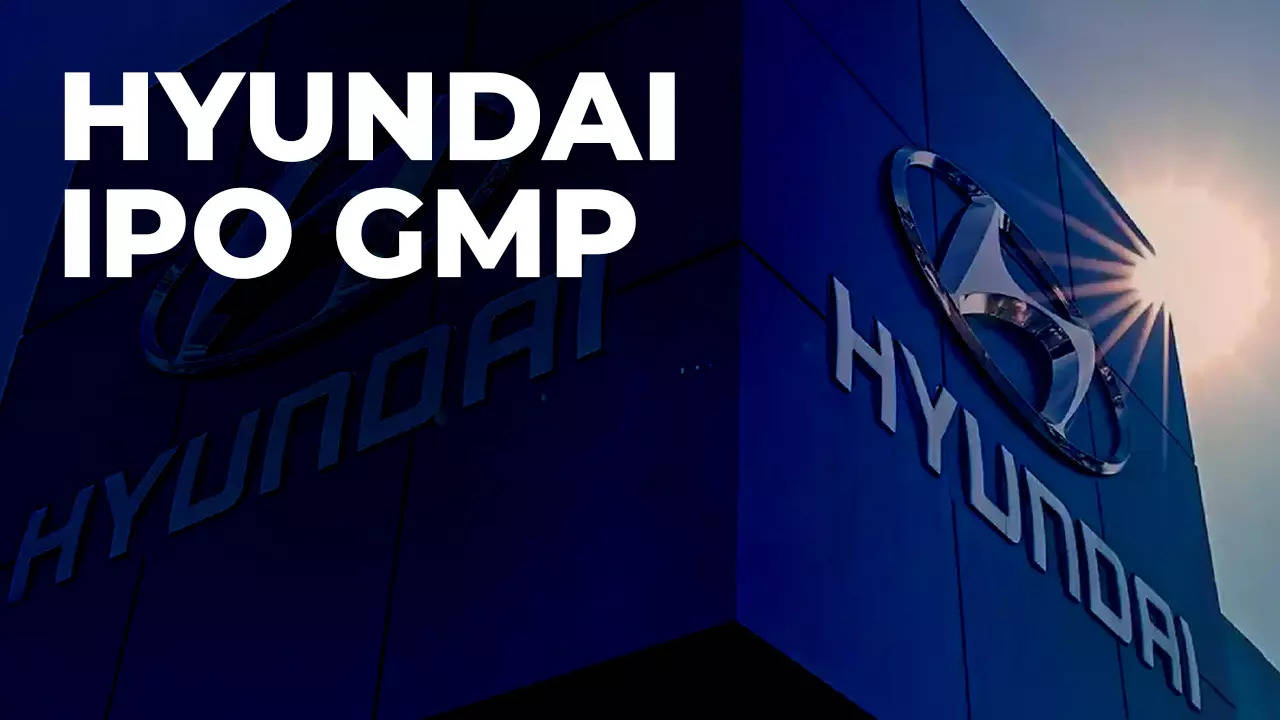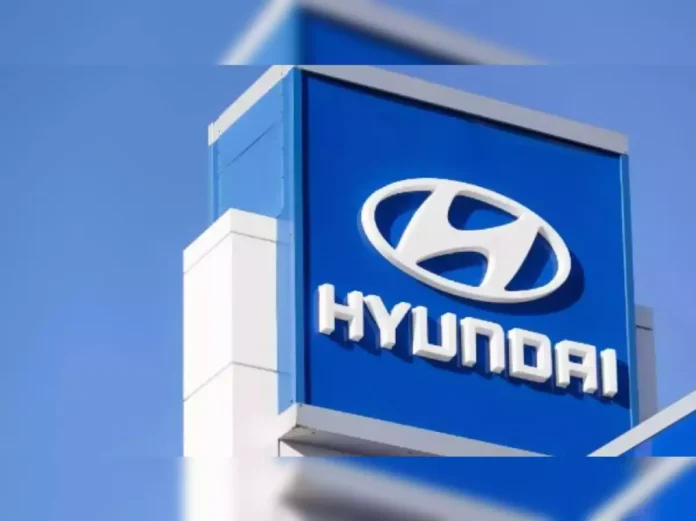The much-anticipated Hyundai Motors Initial Public Offering (IPO) is set to make its debut on the Indian stock market on October 22, 2024. While the IPO, which was open for subscription between October 15 and 17, initially generated excitement, recent trends in the Grey Market Premium (GMP) have raised concerns. The sharp decline in GMP has led to speculation of a flat debut, casting a shadow over the highly anticipated listing of Hyundai Motors in India.
GMP Crashes Before Listing: What It Means for Hyundai’s IPO
As of now, Hyundai Motors is trading at a modest premium of ₹45 in the grey market, which is a mere 2.3% higher than the IPO price of ₹1,960 per share. This suggests that the estimated listing price is expected to hover around ₹2,005, a far cry from the bullish expectations at the start of the subscription period. According to market observers, the decline in GMP signals that Hyundai’s IPO might witness a flat debut when it lists on the Indian exchanges.
Initially, on the first day of the IPO, Hyundai’s GMP stood at +63, indicating optimism among investors. However, by the close of the subscription period on October 17, the GMP had plummeted significantly, falling into negative territory at -32. This downward trend is reflective of growing investor caution and has led many to wonder what might be behind the sudden loss of interest.
Although the GMP recovered slightly to +5 on October 18, the day of allotment, it remains substantially lower than its initial high. The fluctuation in GMP during the subscription process suggests that while there was initial interest, it waned as market dynamics evolved. It’s important to note that GMP is an informal market indicator of investor sentiment in the unlisted market, and though it is not always a reliable predictor of a stock’s performance on the listing day, it can offer insights into market expectations.

Hyundai’s IPO Struggles: Comparing with Homegrown Giants Like Tata and Mahindra
One of the critical factors that may have contributed to the crash in Hyundai’s GMP is the competition it faces from established Indian automakers like Tata Motors and Mahindra & Mahindra. Both Tata and Mahindra have a long-standing reputation for reliability and durability in the Indian market, attributes that have endeared them to Indian consumers.
Hyundai, a South Korean brand, despite its global presence, holds a smaller share of the Indian market compared to its domestic counterparts. Tata Motors, in particular, has gained significant traction with its recent electric vehicle (EV) offerings and has solidified its position as a trusted, durable, and reliable brand. Mahindra, too, has carved out a niche with its strong presence in the utility vehicle segment. The domestic auto giants have built a solid connection with the Indian consumer base, which may have dampened the enthusiasm for Hyundai’s IPO among retail investors.
Moreover, Hyundai’s market share in India, though sizable, lags behind these homegrown giants, which are often perceived as more in tune with the preferences and needs of the Indian market. This dynamic could be playing a role in the cautious reception of Hyundai’s IPO in the grey market.
The Largest Public Offering: Hyundai’s IPO Details and Challenges
The Hyundai Motors IPO, valued at ₹27,870 crore, is the largest public offering in India to date. Despite this, the offering witnessed only modest demand from retail and non-institutional investors, both of which were undersubscribed. The final stages of the bidding process were driven primarily by non-institutional investors, while the Qualified Institutional Buyers (QIB) segment saw more traction, with half of the net public issue size allocated to QIBs.
The price range for Hyundai’s IPO was fixed between ₹1,865 and ₹1,960 per share. The offering is structured as an Offer for Sale (OFS), with 14.22 crore shares being sold. Notably, the IPO does not feature a fresh issue component, meaning that the funds raised will not go toward the company’s capital expenditures or future growth, but rather to existing shareholders.
In terms of allocation, 50% of the net public issue (excluding shares reserved for employees) is earmarked for QIBs, with up to 60% of that portion available for anchor investors. Additionally, 15% of shares are set aside for non-institutional investors, while 35% are reserved for retail investors. Hyundai has also allocated up to 7,78,400 equity shares specifically for its employees.
While the offering size and scope of Hyundai’s IPO are substantial, the muted demand in key investor segments, coupled with the declining GMP, suggests that market sentiment around the listing is less enthusiastic than initially anticipated.

Why Did Hyundai’s GMP Crash? Possible Reasons Behind Investor Caution
Several factors could explain the sudden crash in Hyundai’s GMP:
1. Perception of Limited Growth Potential: Investors might be wary of Hyundai’s growth prospects in India, where competition from Tata Motors and Mahindra remains fierce. Both Indian automakers have been aggressively expanding their product lines and capitalizing on the growing demand for EVs, areas where Hyundai may struggle to keep up.
2. Lack of Fresh Issue Component: The fact that Hyundai’s IPO is entirely an OFS, with no fresh capital being raised, could signal to investors that the company is not looking to expand or innovate with the proceeds from the IPO. This could lead to a perception that the IPO is more about existing shareholders cashing out rather than investing in future growth.
3. Macroeconomic Concerns: Broader economic uncertainties, including inflation and fluctuating interest rates, might have dampened enthusiasm for the IPO. Investors could be cautious about putting money into an IPO in the current economic climate, preferring to wait for more stable market conditions.
4. High Valuation: The price range of ₹1,865-₹1,960 per share might be perceived as too high, given the overall market sentiment and the company’s competition. This could explain the initial interest followed by the sharp decline in GMP as investors reassessed the valuation.
As Hyundai Motors gears up for its stock market debut, the coming days will reveal whether the grey market’s tepid outlook is a precursor to its actual performance on the exchanges. While the company’s global brand and significant market share in India provide some optimism, the subdued investor sentiment reflected in the GMP is a cautionary signal that Hyundai’s listing could face challenges on day one.

